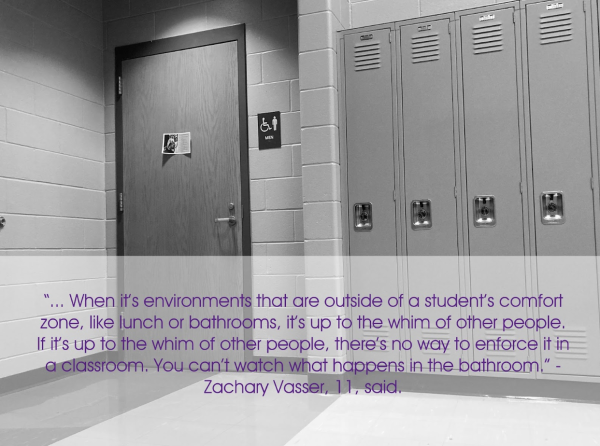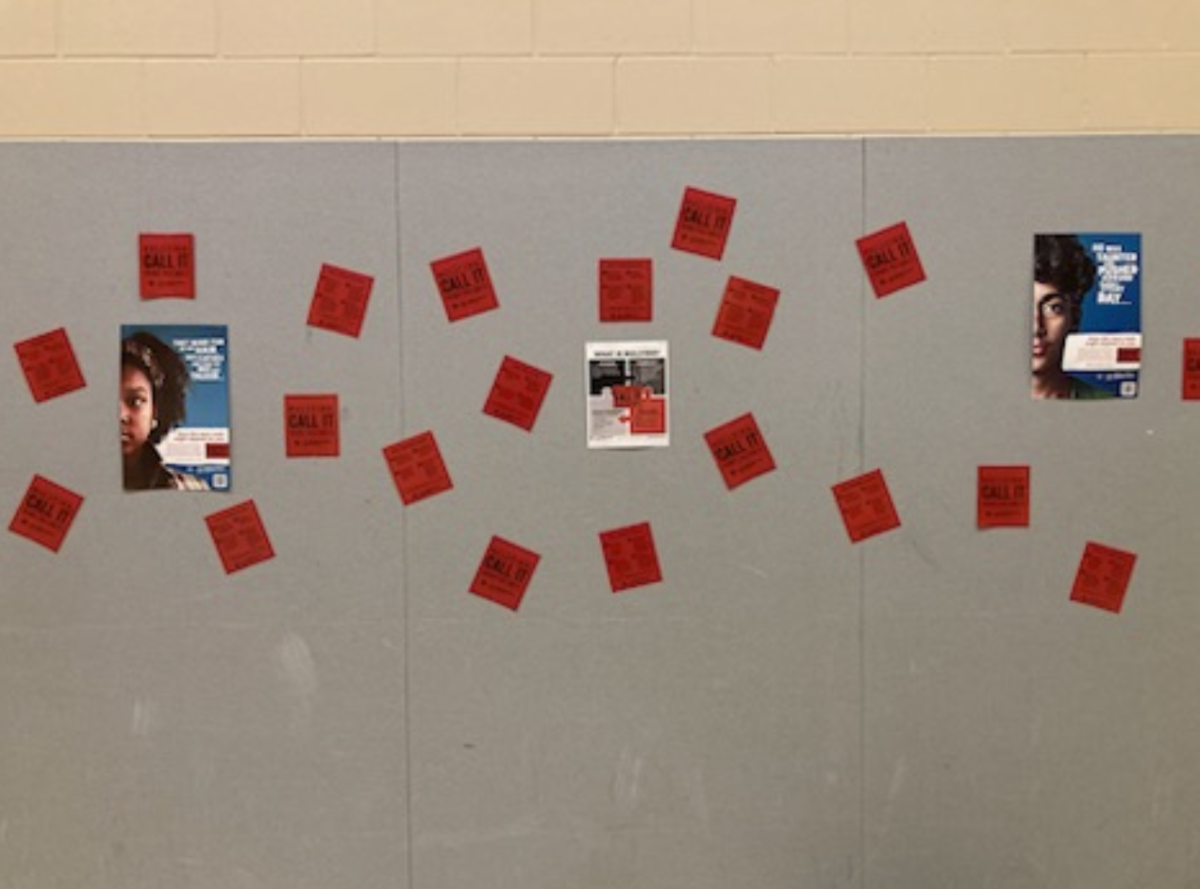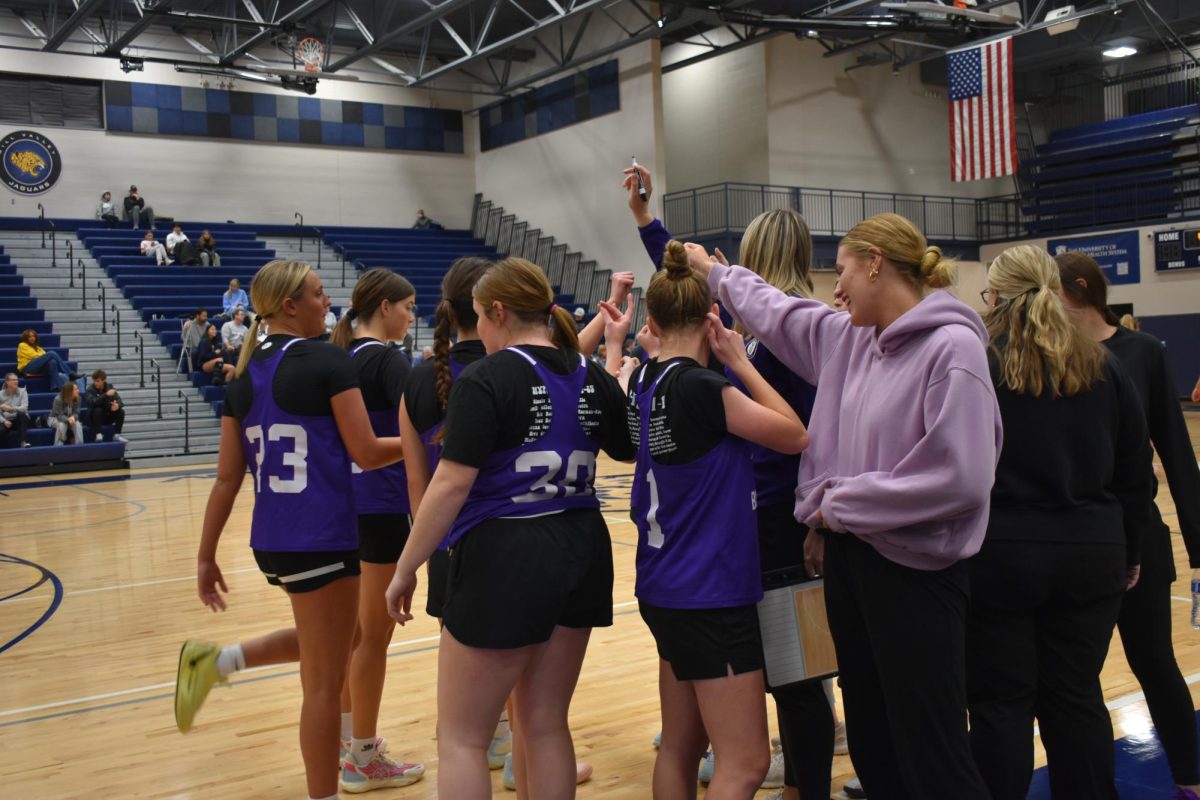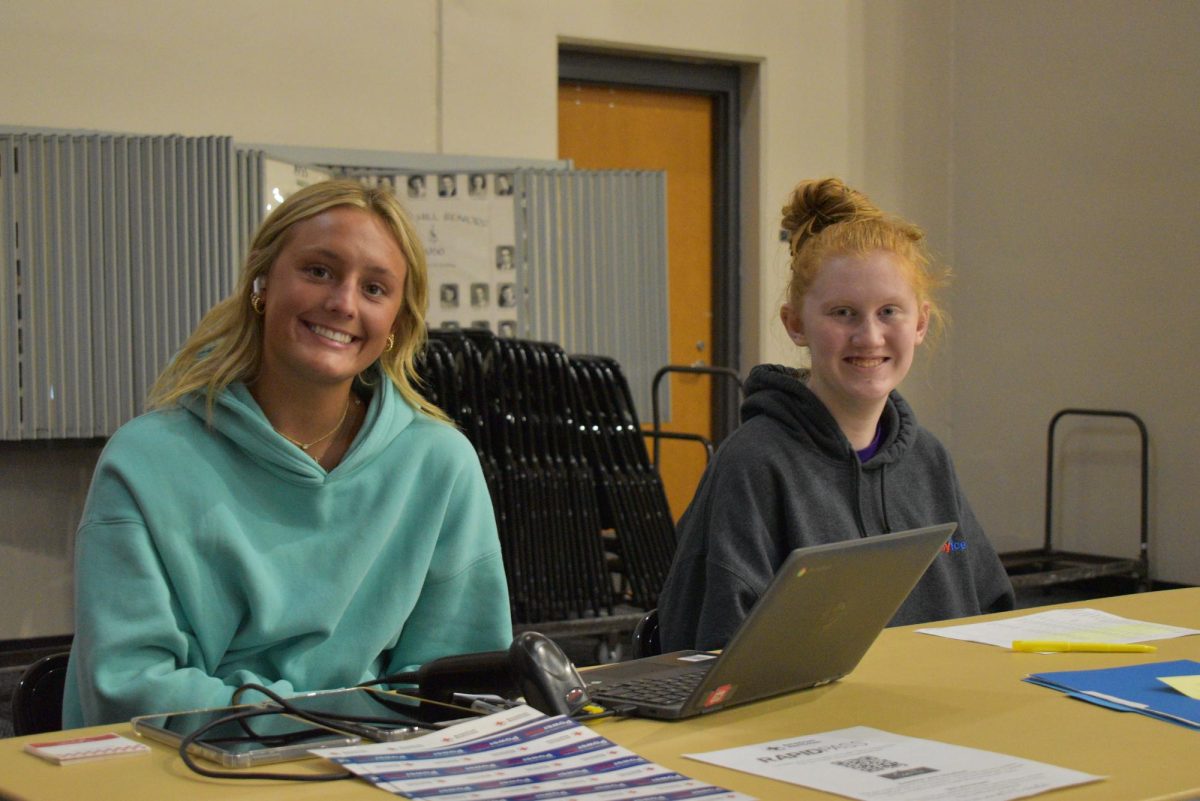This story contains directly quoted hate speech and censored slurs; if material may be uncomfortable, refrain from reading.
The high school’s culture is refreshed with every new school year. With a surge of new students, each fall comes a certain difficulty in balancing the negatives and the positives that each year brings. This is the reality, not only for students, but for faculty members as well. Some have observed that the culture this year is more toxic as compared to previous school years.
“It can be healthy and strong, but that’s only with certain classes or certain teachers. When it’s environments that are outside of a student’s comfort zone, like lunch or bathrooms, it’s up to the whim of other people. If it’s up to the whim of other people, there’s no way to enforce it in a classroom. You can’t watch what happens in the bathroom,” Zachary Vasser, 11, said. 
Potentially harmful acts can occur behind the closed bathroom door. It’s difficult to get other students to corroborate what happens in the bathroom for fear of upsetting friends or being considered a “snitch.”
“One time I was in the bathroom. [I had] just finished lunch and I was washing my hands. [There were] just a bunch of white kids in there. They went ‘n- – – – -, n – – – – -, n – – – – -.’ They just kept saying the n-word,” Gian Kamau, 12, said.
However, even in spaces that are supposed to be monitored, like the lunch line, incorrigible behavior can go unnoticed by those monitoring. With approximately 300 students going to lunch at one time, and only one adult supervising per space, most occurrences will go unnoticed.
“I swear [the lunch monitors] overhear the most egregious stuff and just do absolutely nothing about it. There’s either so many hoops to jump through to confirm anything, or they just don’t care, which I don’t want to believe, but that’s still a possibility,” Vasser said.
To an angered student, it may feel as though the administration does not care, when in reality, the admin does try and do everything in their power to ensure students feel safe especially after reporting something.
“We can’t share what we do with the other student. We look into every report that is received. We cannot share where it goes from there. We follow up with the kids,” Kyle Kost, assistant principal, said. “What’s their perception? Do they feel safe? We check in with staff, the social workers, [and the] counselors.”
Some students feel agitated when they experience something awful at school because, according to them, nothing apparent seems to happen when they report it, and oftentimes don’t have the energy to keep reporting the bad stuff.
“I feel the admin can only do so much. I’ve had good experience with the administration so far. They’ve done as much as they can. Sometimes they can’t get into it directly with the student unless it’s brought to them as concrete proof,” Kamau said.
Concrete proof is hard to come by when instances take place in a non-monitored space like the bathrooms.
“I’m glad when [the students] can tell me about it. Watching them completely shut out an entire day, or two, or three days worth of school-based learning, it’s just heartbreaking. When you’ve been screamed at in the bathroom by some stranger, it’s really hard to care about what happened in algebra that day,” Manning said.
The culture of a safe environment is entirely dependent on the people, students and adults alike, who populate it.
“As a black man in a white-dominated school, I think Spring Hill, as a whole, has its racist moments. I believe that to be toxic,” Kamau said.
The high school now, compared to when Anna Manning, journalism and English teacher, went to school here, feels safer.
“There obviously were LGBTQ+ persons when I went to high school, but I can name none of them. That, I think, is a better demonstration of people feeling safe now,” Manning said.
There appears to be a complete disconnect between two groups of people. Whereas some people are exposed to the uglier side of high school culture, others experience a prettier version.
“I think, generally, most people are just nice people. I think we have a good group of kids that go to the high school, and I think that people have started to realize that it’s not cool to be mean. Everyone just generally treats each other with respect from what I’ve seen at least,” Kailey Howell, 10, said.
There are steps that people, as a whole, can take to reduce the amount of stress caused from harassment faced in the school.
“I feel like the real issues that need to be addressed in education are the value of education and if it’s a safe environment to harbor good education,” Vasser said. “[The admin] laser focus on random issues, like vapes or phones, when there’s [still] way more problems going on.”







